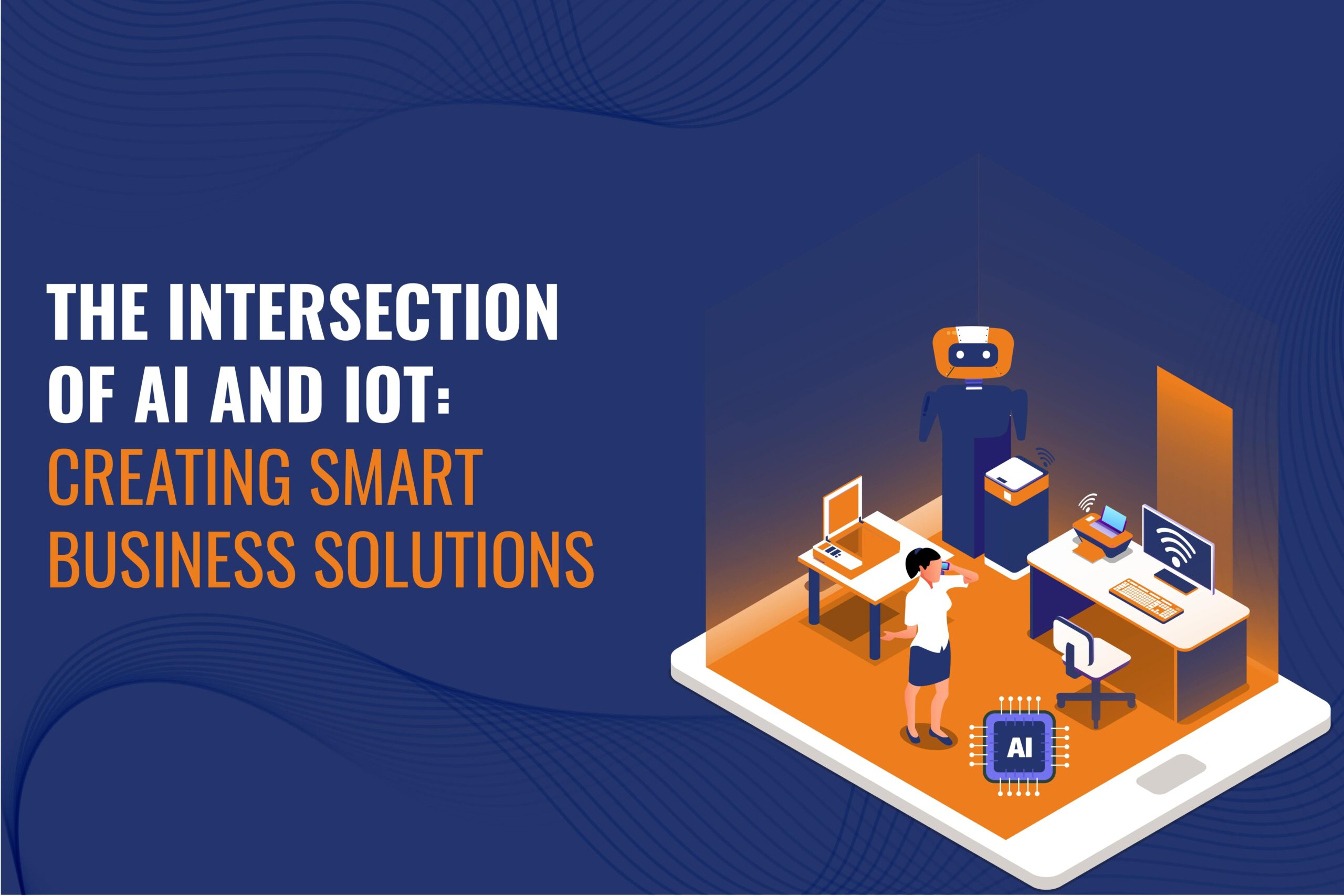
The intersection of artificial intelligence (AI) and the Internet of Things (IoT) represents a dynamic synergy poised to revolutionize business operations across various industries. By integrating AI-powered algorithms and IoT-connected devices, businesses can harness vast amounts of data to drive intelligent decision-making, enhance efficiency, and unlock new opportunities for innovation.
AI technologies like machine learning and the natural language processing enable IoT devices to analyze and interpret complex data streams in real time. This synergy empowers businesses to automate processes, optimize resource utilization, and deliver personalized customer experiences. For example, in retail environments, AI-driven analytics can analyze customer behavior patterns captured by IoT sensors. It helps to optimize product placement, streamline inventory management, and enhance the shopping experience.
Moreover, integrating AI and IoT enhances predictive maintenance, enabling businesses to anticipate equipment failures, minimize downtime, and reduce costs. In the manufacturing settings, IoT sensors embedded in machinery can collect performance data, which AI algorithms analyze to detect anomalies indicative of potential failures. This proactive approach to maintenance improves asset reliability and prolongs equipment lifespan.
Furthermore, AI-enhanced IoT solutions facilitate the development of smart cities by enabling efficient infrastructure management, traffic optimization, and environmental monitoring. For instance, intelligent traffic management systems utilize AI algorithms to analyze real-time data from IoT sensors. To ease traffic and shorten travel times, it is rerouting cars and modifying traffic signals dynamically.
In healthcare, the convergence of AI and IoT enables the development of innovative medical devices and remote patient monitoring solutions. IoT-connected wearables with AI algorithms monitor vital signs, detect abnormalities, and alert healthcare providers in real time.
Overall, the intersection of AI and IoT represents a transformative force in the business landscape. It offers unparalleled opportunities for organizations to create smart, data-driven solutions that enhance operational efficiency, drive innovation, and deliver exceptional value to customers.
In the rapidly evolving technology landscape, two powerful forces have been reshaping industries and driving innovation. While Artificial Intelligence and IoT individually have significant impacts on businesses, the convergence of these technologies opens up a new realm of possibilities, allowing companies to develop smarter solutions, optimize processes, and create value in unprecedented ways. In this blog post, we’ll explore how the intersection of AI and IoT is revolutionizing businesses across various sectors. Moreover, this will also discuss from manufacturing and healthcare to retail and transportation.
Before delving into their intersection, let’s briefly define AI and IoT:
The creation of computer systems that are capable of carrying out activities that normally require human intelligence is known as artificial intelligence (AI). These comprise cognitive functions including language comprehension, learning, thinking, and problem-solving. Among the main AI technologies fostering innovation are computer vision, natural language processing, machine learning, and deep learning.
The network of linked devices that are equipped with software, sensors, and other technologies that allow them to gather and share data via the Internet is referred to as the Internet of Things (IoT). These devices can range from smartphones and wearable gadgets to industrial machines and smart home appliances. IoT facilitates the seamless integration of the physical and digital worlds, enabling real-time monitoring, control, and automation.
The convergence of AI and IoT is a natural progression, as they complement each other in several ways:
The intersection of AI and IoT has far-reaching implications across various industries:
Successfully navigating SAP implementation requires addressing many challenges and considerations to ensure stakeholder satisfaction and project success. Let’s delve deeper into these challenges and the corresponding considerations:
Complexity of SAP: SAP implementation is inherently complex due to its comprehensive nature, impacting various aspects of an organization’s operations. SAP systems’ sheer scale and intricacies require careful planning, skilled resources, and robust project management practices.
Consideration: So, prioritize comprehensive planning, resource allocation, and project management methodologies to manage the complexity of SAP implementation effectively.
Scope Management: One of the most significant challenges in SAP implementation is managing the project scope. IT consulting services conduct regular scope reviews and stakeholder validation meetings to evaluate the status of projects. As stakeholders identify additional requirements there’s a risk of scope creep, leading to delays and cost overruns. Balancing stakeholder demands while adhering to the defined scope is essential.
Consideration: So, establish a robust change management process to evaluate and prioritize scope changes, ensuring alignment with project objectives and constraints.
Data Migration and Integration: Migrating existing data into the SAP system and integrating it with other applications pose significant technical challenges. So, it helps to ensure a seamless transition, data quality issues, compatibility issues, and data security concerns must be addressed.
Consideration: Conduct thorough data analysis, cleansing, and validation processes before migration. So, develop integration strategies and leverage middleware solutions to facilitate data exchange between SAP and other systems.
The intersection of AI and IoT holds immense promise for creating intelligent business solutions that drive innovation industries. As an IT solution consultant, your expertise in integrating AI and IoT technologies, designing customized solutions, and driving digital transformation By harnessing the power of AI-driven analytics and IoT-enabled devices, businesses can gain deeper insights, make smarter decisions, and deliver personalized experiences to customers. However, addressing security, interoperability, ethics, and scalability challenges is essential to unlock this transformative convergence’s full potential. As technology continues to evolve, businesses that embrace the synergy between AI and IoT will be better positioned to thrive in the digital era.
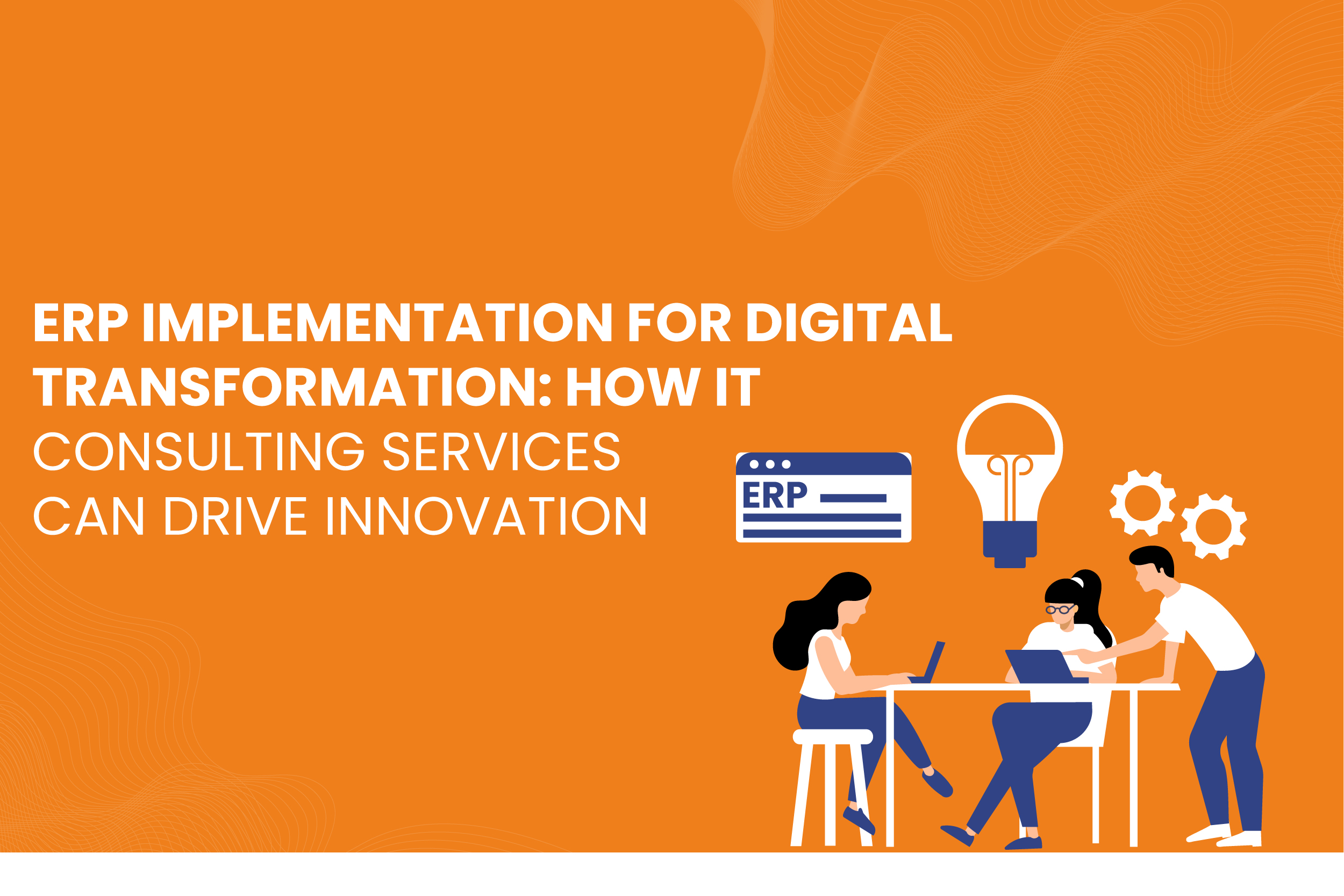
In today’s fast-paced digital landscape, businesses must adapt to changing technologies and customer expectations to remain competitive. One of the most effective ways to achieve this adaptability is through digital transformation, which involves integrating digital technologies into all areas of a business. A critical component of this transformation is Enterprise Resource Planning (ERP) systems.
Read More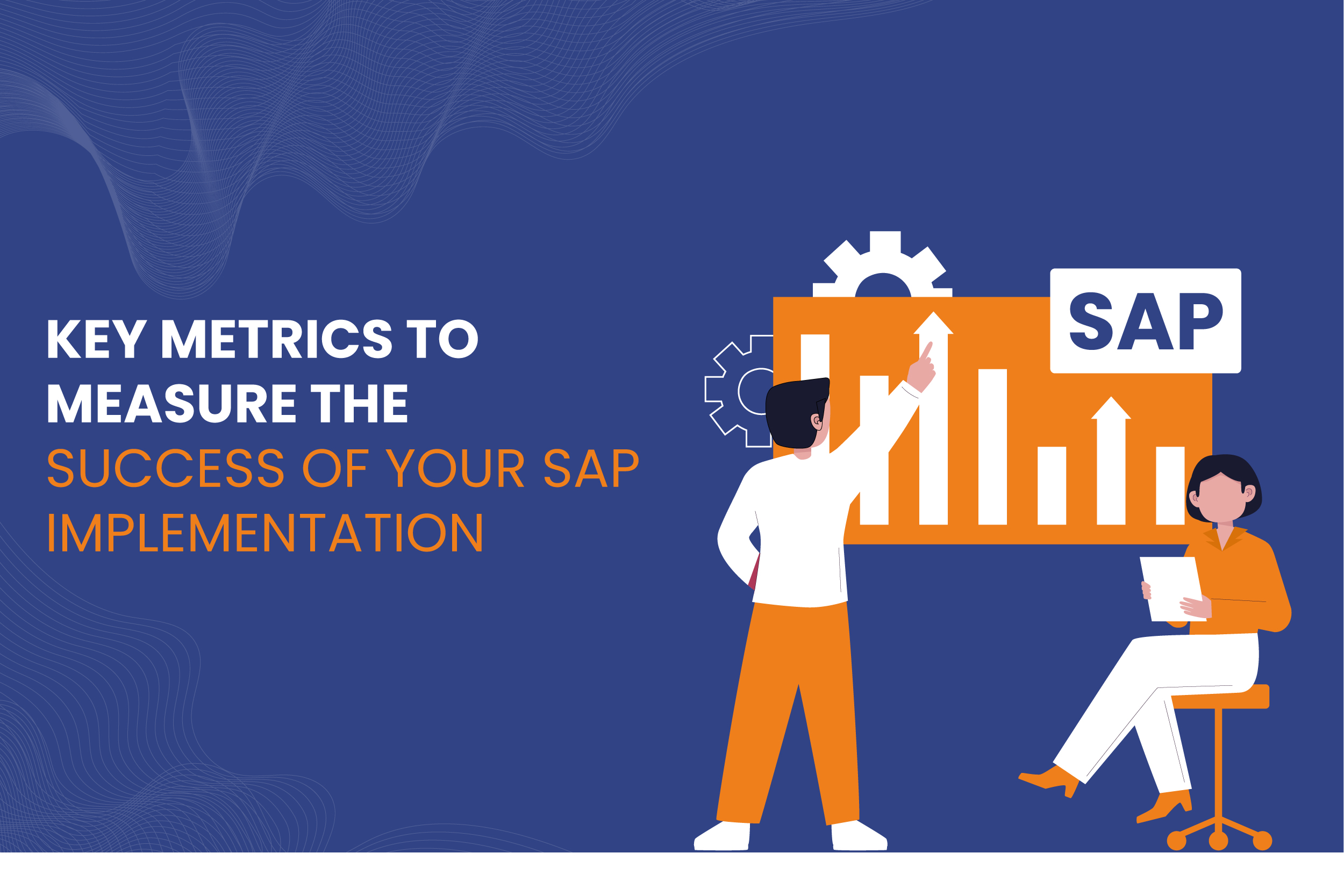
Implementing an SAP system can be a transformative step for organizations aiming to enhance their operational efficiency, streamline processes, and improve data visibility. However, success in an SAP implementation goes beyond simply completing the project on time and within budget. It involves measuring and analyzing key performance metrics that provide insight into how effectively the system is being utilized and whether it meets the organization’s objectives.
Read More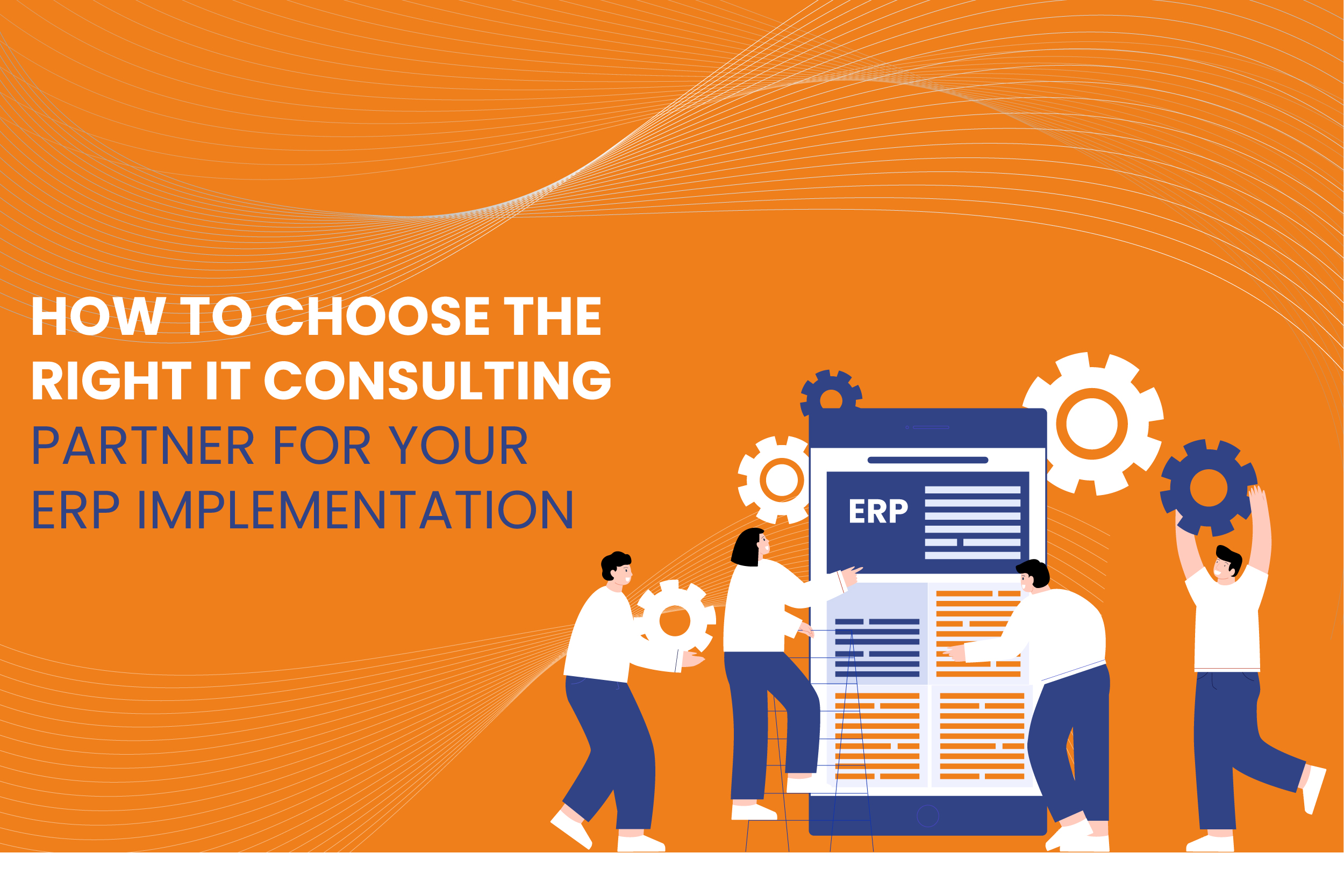
In today’s fast-paced business environment, efficient systems and processes are vital for success. Enterprise Resource Planning (ERP) systems like SAP are central to this, helping organizations streamline their operations, manage resources more effectively, and drive productivity.
However, ERP implementation is a complex and often challenging process that requires a skilled IT consulting partner to ensure success. Selecting the right IT consulting services for your ERP implementation, especially for SAP, can make the difference between seamless integration and costly disruptions.
Read More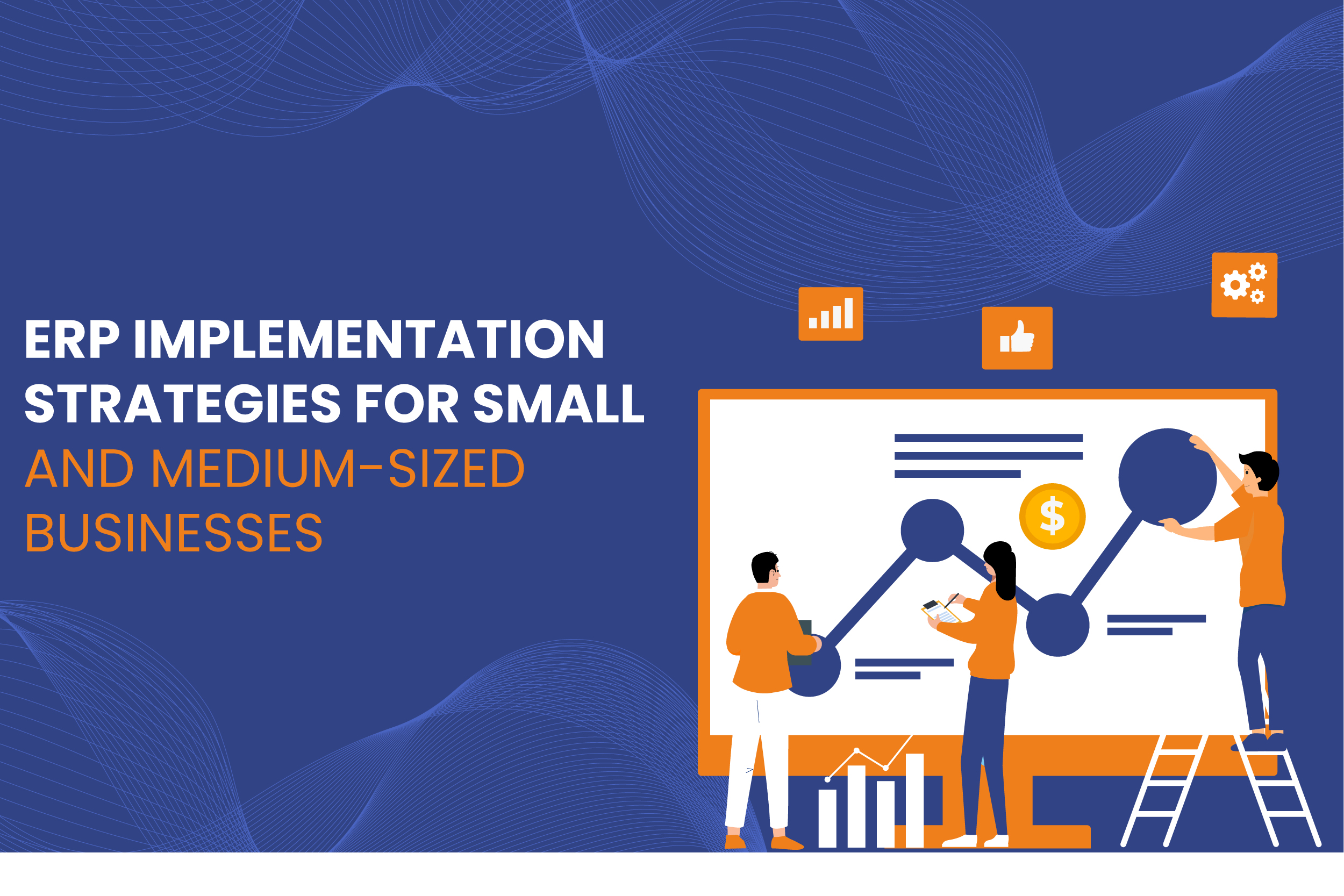
ERP systems have become indispensable tools for businesses looking to streamline operations, improve efficiency, and maintain a competitive edge. However, implementing ERP solutions can be daunting, especially for small and medium-sized businesses (SMBs) with limited resources.
The complexity of the process, cost concerns, and the need for seamless integration across departments pose significant challenges. To overcome these, SMBs must adopt tailored ERP implementation strategies that align with their unique requirements.
Read More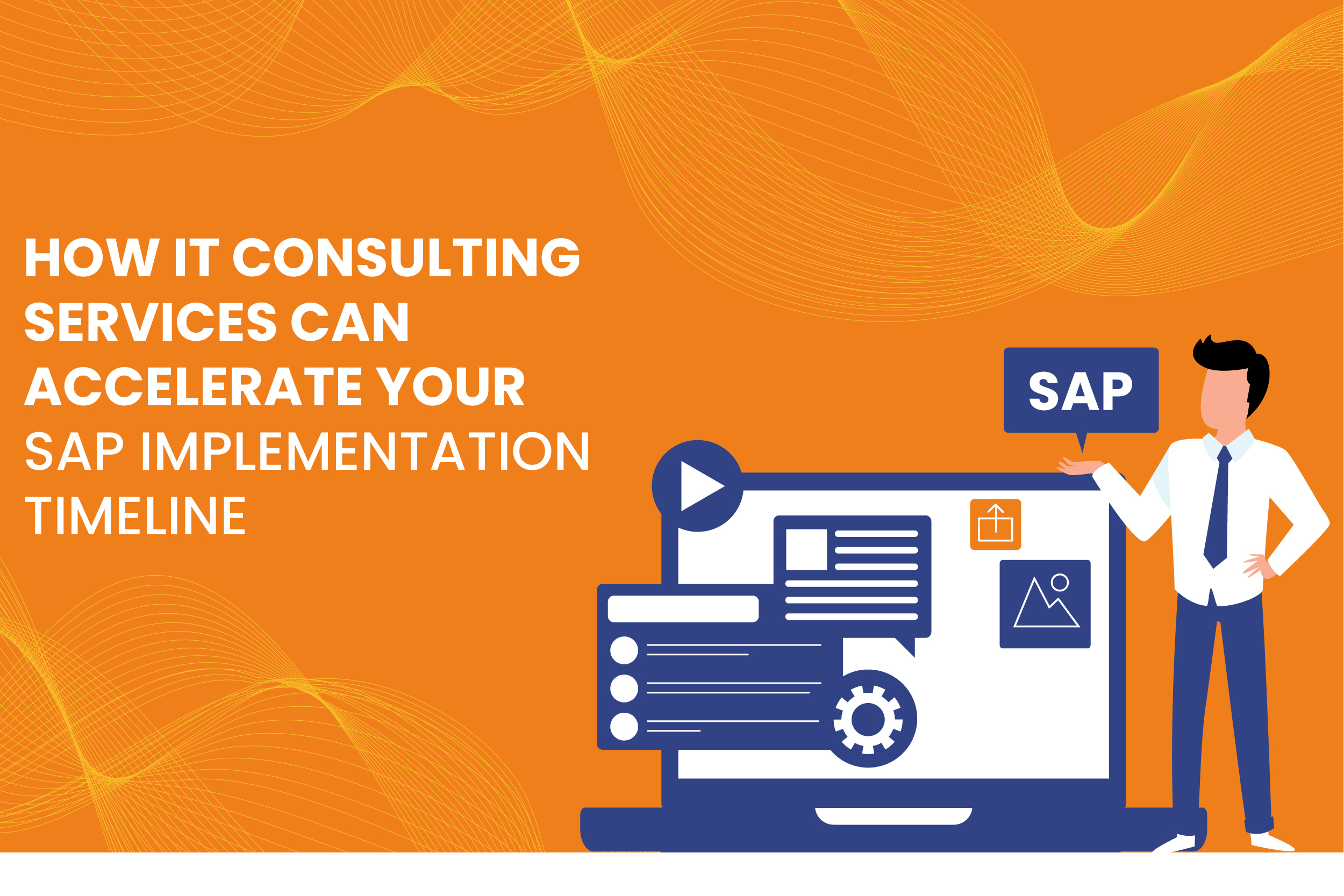
In today’s fast-paced business environment, Enterprise Resource Planning (ERP) systems like SAP (Systems, Applications, and Products) are crucial to streamlining operations, improving efficiency, and supporting growth. However, the process of SAP implementation can be complex and time-consuming, often putting a strain on internal resources.
This is where IT consulting services come into play, providing the necessary expertise and support to accelerate your SAP implementation timeline. By leveraging specialized knowledge and proven strategies, IT consulting services can significantly shorten the time required for successful SAP deployment, helping organizations stay competitive and responsive to market demands.
Read More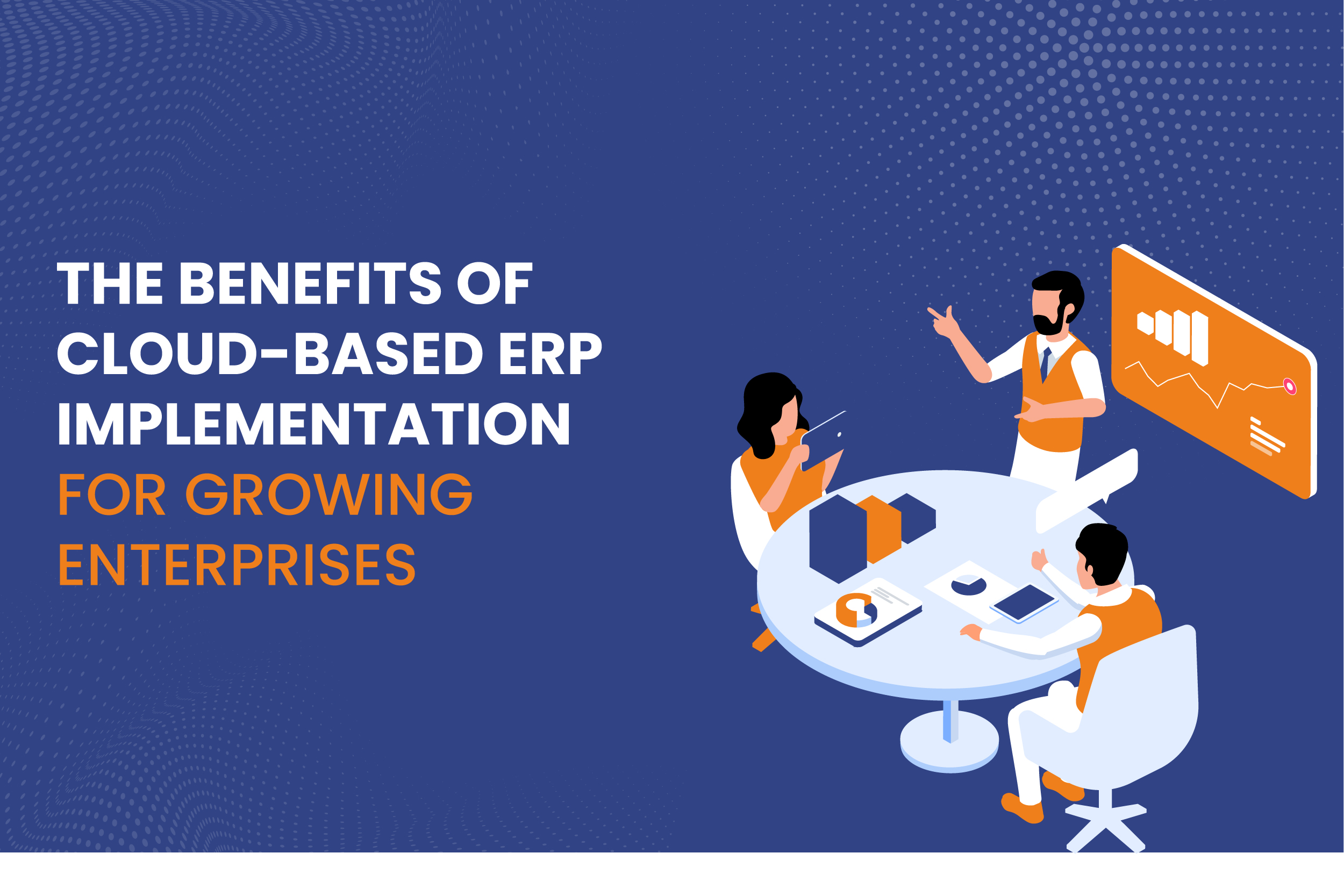
As enterprises scale, managing resources, streamlining operations, and maintaining flexibility become crucial challenges. To address these challenges, businesses increasingly turn to cloud-based Enterprise Resource Planning (ERP) systems.
ERP solutions have long been vital in centralizing various business functions like finance, human resources, supply chain management, and customer relations into a unified system. In recent years, the shift to cloud-based ERP systems has offered even greater benefits, particularly for growing enterprises.
Read More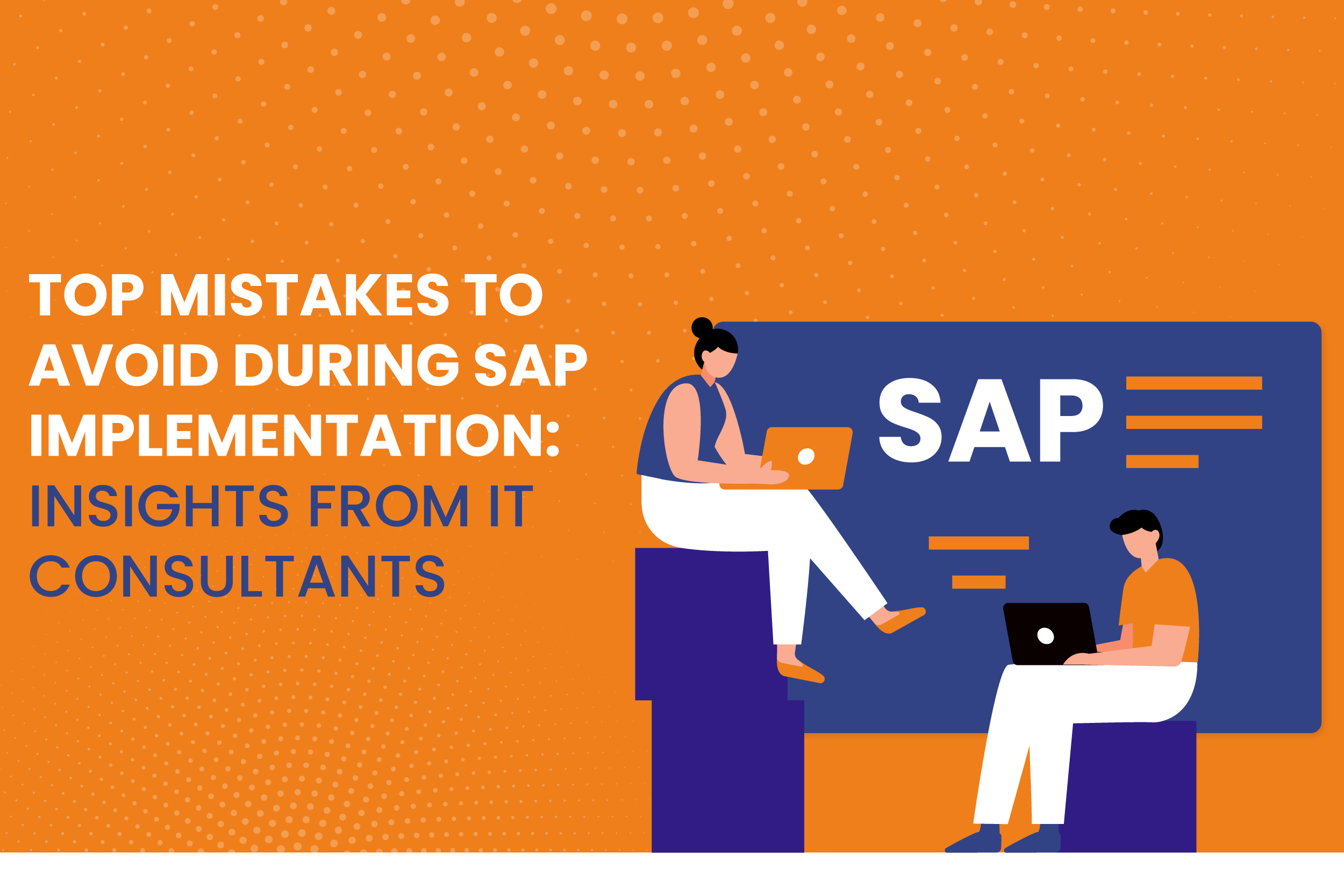
Implementing an Enterprise Resource Planning (ERP) system like SAP can significantly transform an organization’s operations, boosting efficiency and data accuracy. However, an SAP implementation is a complex process that requires meticulous planning and execution. Many companies fail to realize the depth of such projects and commit avoidable mistakes that lead to delays, cost overruns, and frustration.
Read More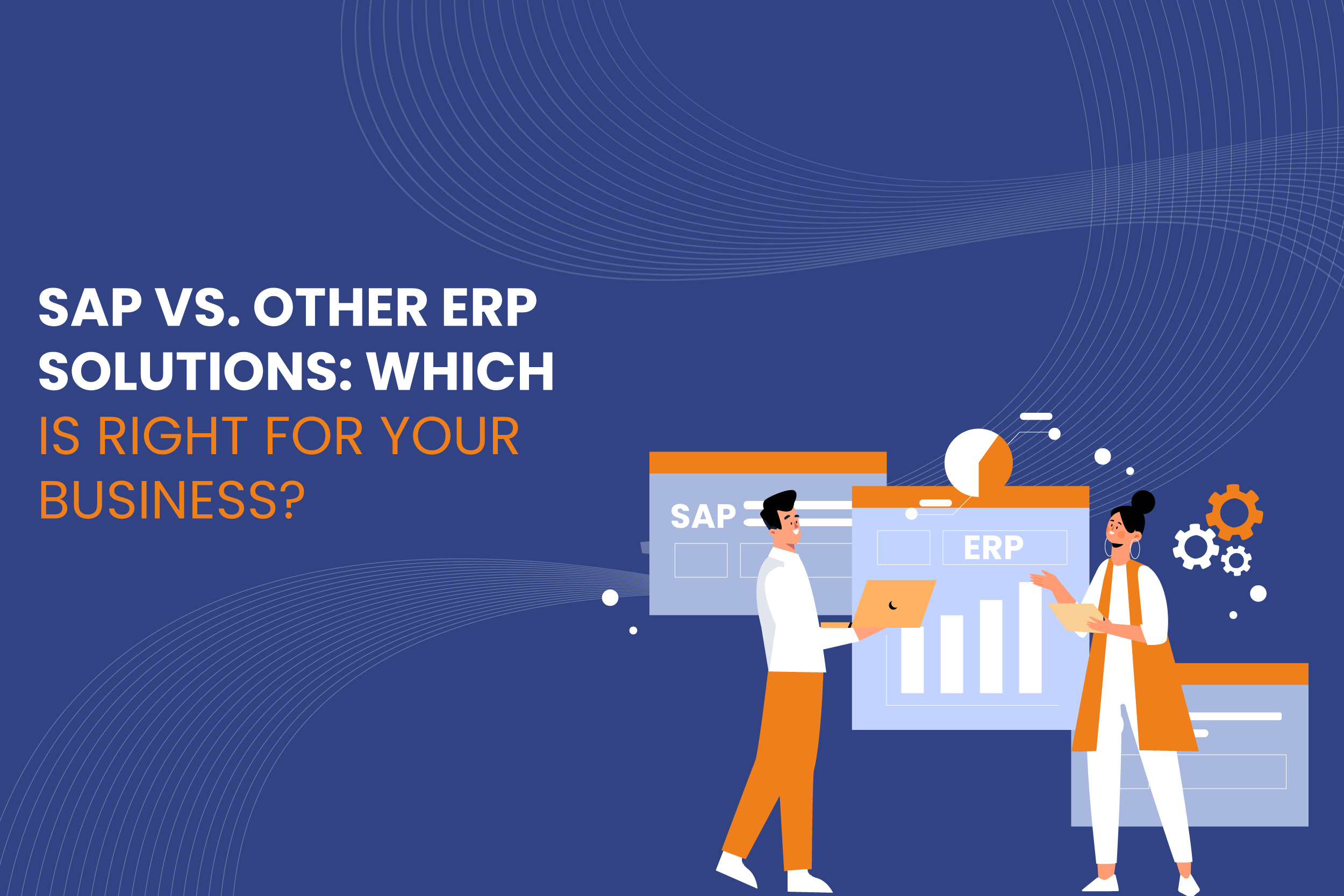
In today’s competitive business environment, organizations must be equipped with efficient, reliable, and scalable systems to manage their operations. Enterprise Resource Planning (ERP) solutions provide companies with the tools to streamline their processes, integrate various departments, and enable data-driven decision-making.
Among the vast array of ERP solutions, SAP is one of the most well-known, but it’s not the only option. Businesses must consider whether SAP or another ERP solution is the right fit based on their unique needs.
Read More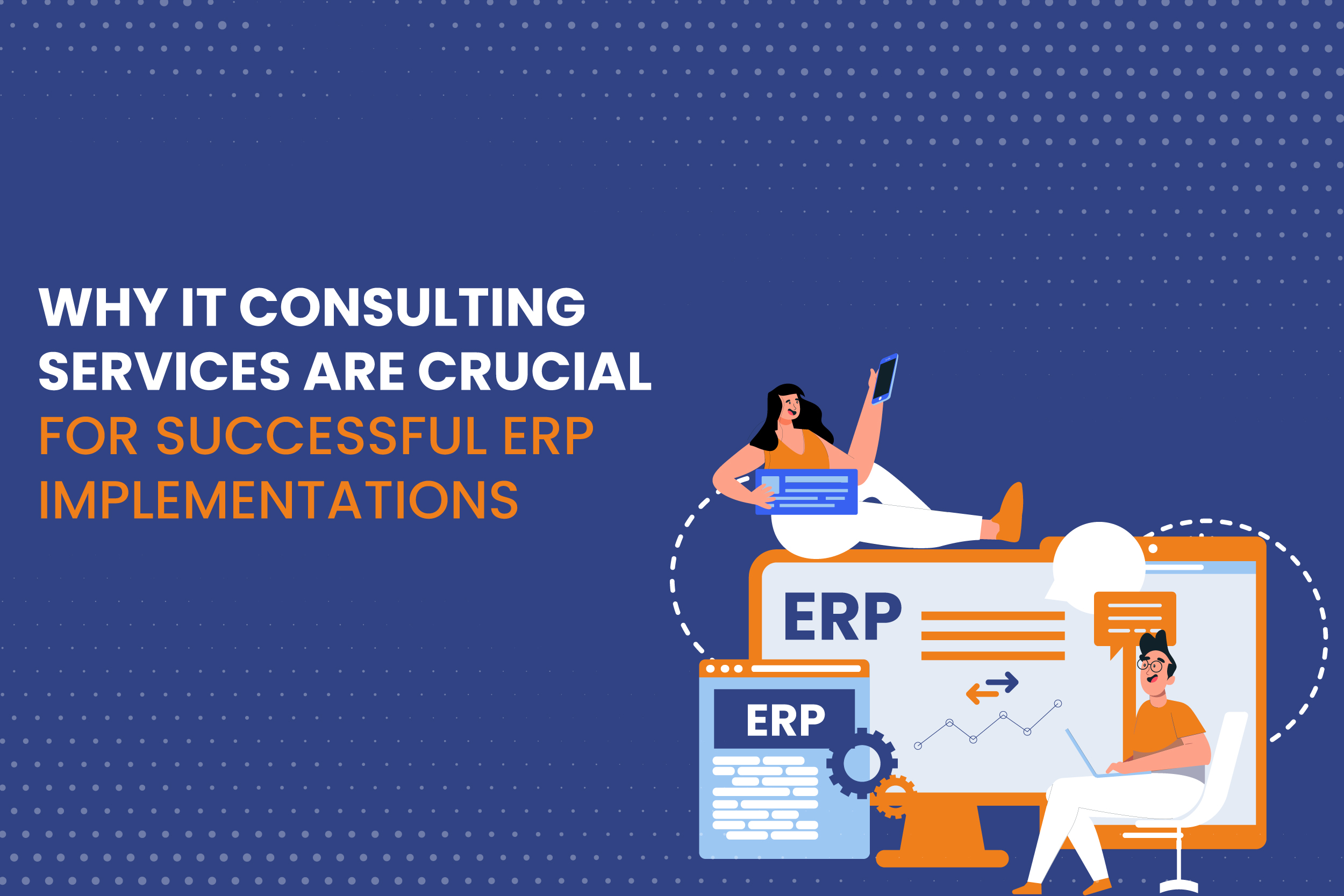
Enterprise Resource Planning (ERP) systems have become the backbone of modern business operations. Whether it’s handling financials, human resources, supply chains, or manufacturing processes, ERP solutions streamline and automate vital business functions, fostering efficiency and growth. SAP, one of the leading ERP platforms, is often the go-to choice for organizations due to its robust and customizable features. However, ERP implementation—whether SAP or another system—is not without challenges. This is where IT consulting services play a pivotal role.
The complexities of ERP implementations require specialized expertise, and IT consulting services provide the technical know-how, strategic planning, and ongoing support that are critical to successful deployment and long-term functionality.
Read More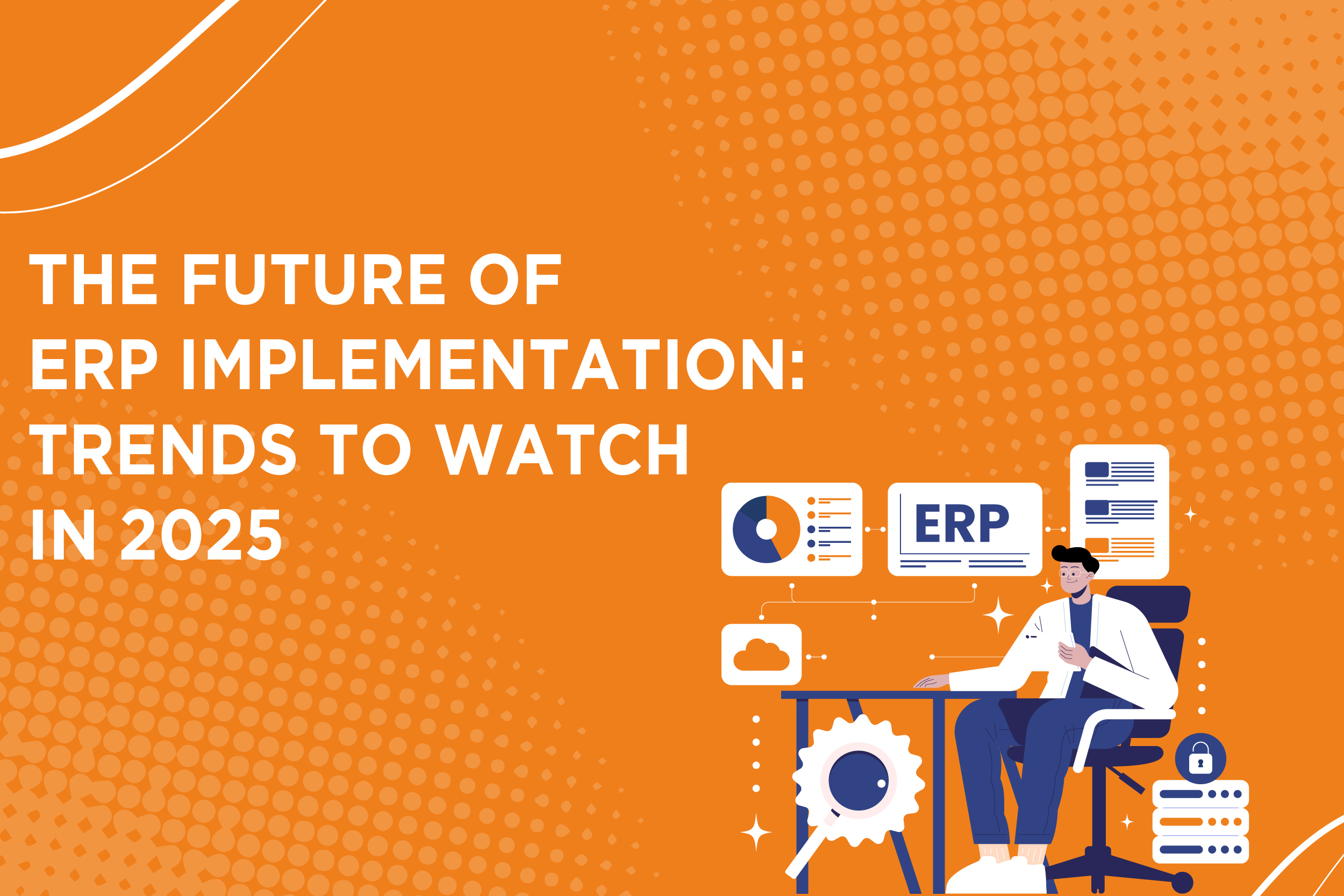
In the rapidly evolving business landscape, enterprise resource planning (ERP) systems are essential for companies looking to streamline operations, improve data accuracy, and enhance decision-making processes. As we look toward 2025, the future of ERP implementation is promising, with significant trends emerging that are reshaping how organizations deploy and manage their ERP systems. From advancements in SAP implementation to innovations in IT consulting services, businesses must keep a keen eye on these trends to remain competitive.
Read More
Leave a Reply